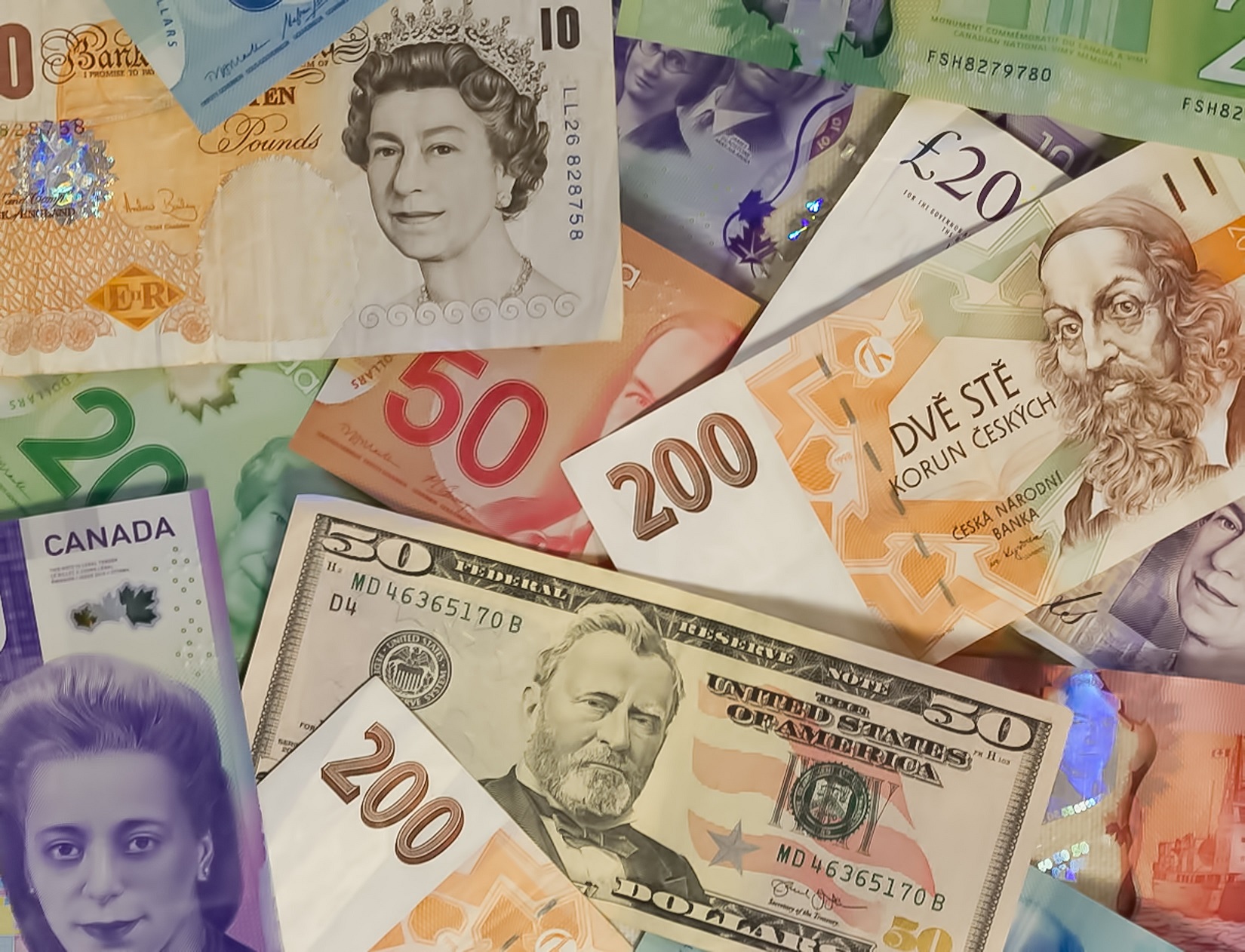With inflation measuring an annual 9% in April, a 40-year high, and food and energy prices continuing to skyrocket, investors are calculating the British economy is looking shaky. As a recent survey also showed a quarter of Britons have resorted to skipping meals, Bank of England Governor Andrew Bailey has warned the future looks “apocalyptic.”
Sterling has fallen nearly 8% vs the dollar year-to-date and has remained below $1.25 as of Friday morning, as the Bank of England is facing an inevitable rise in interest rates to try and tame inflation.
The most recent Commodity Futures Trading Commission data showed asset managers and institutional investors have more than 128,000 short positions against the pound, vs only 32,000 long positions.
Goldman Sachs Co-Head of Foreign Exchange Strategy Zach Pandl said, “While the U.K. faces a similar trade-off as other major central banks between slowing growth and well-above-target inflation, the BoE has chosen to place a relatively bigger weight on the growth outlook while still relying on supply-side factors to bring inflation down to target. While the merits of this approach are subject to debate, what matters for markets is that it is de facto a weak currency policy. In light of the BoE’s differing policy trajectory, we are again revising down our forecast for GBP/USD to 1.19, 1.22 and 1.25 in 3, 6 and 12 months (from 1.22, 1.26 and 1.31 previously).”


